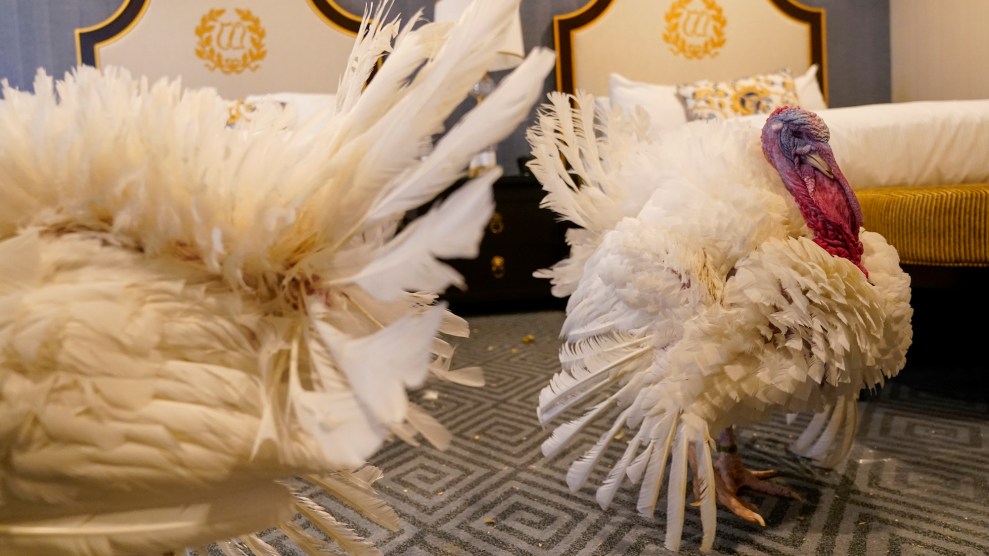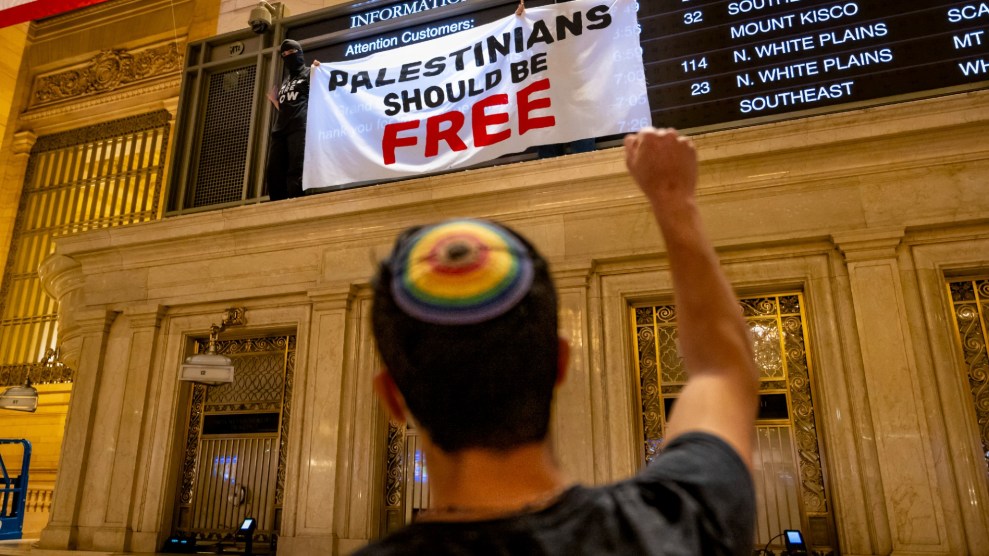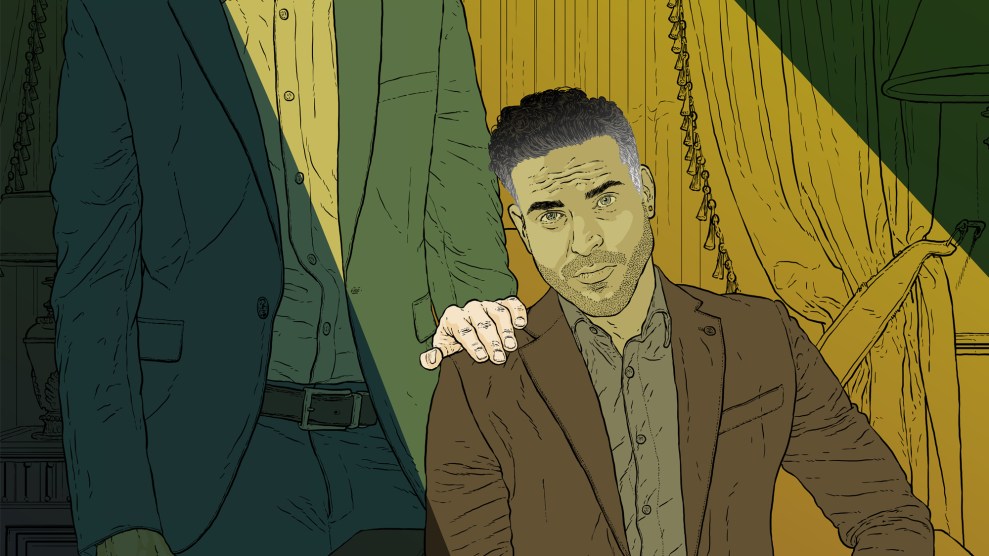Can the DEA get secret tips based on NSA surveillance evidence and then invent new stories about where their evidence came from when the case comes to trial? Yes they can. But now that defense lawyers know about this, they’re going to try and do something about it:
Defense lawyers said that by hiding the existence of the information, the government is violating a defendant’s constitutional right to view potentially exculpatory evidence that suggests witness bias, entrapment or innocence.
“It certainly can’t be that the agents can make up a ‘parallel construction,’ a made-up tale, in court documents, testimony before the grand jury or a judge, without disclosure to a court,” said Jim Wyda, the federal public defender in Maryland, in an email. “This is going to result in a lot of litigation, for a long time.”
….[David Patton, executive director of the Federal Defenders of New York] said information about how an investigation began may be highly relevant in certain cases because it bears on the credibility of government witnesses.
“Informants lie. They lie a lot,” he said. “You can’t competently or fully challenge the basis for a stop or search if the government’s hiding information about the real reason for the stop and search.”
Presumably, Patton is suggesting that once investigators get an NSA tip, they can then go dig up an “informant” willing to recycle the tip, thus giving them probable cause for a warrant. But if the court knew the real source of the tip, jurors might be a little more skeptical of the informant.
Will this get anywhere? Hard to say, since the usual Catch-22 is at work here: How do you know whether to demand NSA evidence if you have no idea whether it was used in your case in the first place? Unfortunately, that’s never bothered the Supreme Court before, which happily tosses out cases when plaintiffs can’t prove they were the subjects of secret surveillance. But maybe this kind of case, which doesn’t involve terrorism or national security, will finally change their minds. Maybe.













